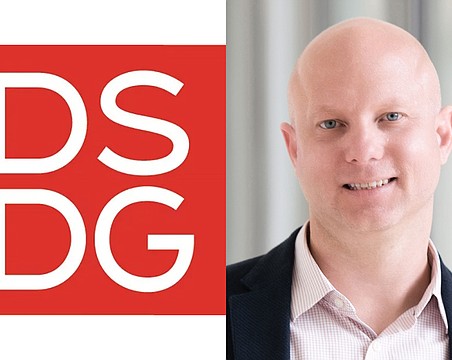A new report on how to find and retain top sales performers presents a true conundrum: Some 20% of a company’s salespeople account for more than half a company’s revenues, according to the report, a survey from CSO Insights. Yet a mere 16.4% of global sales leaders, respondents to the survey, believe they have the talent they need to succeed in the future.
Taken another way, if 20% of salespeople inside an organization make 60% of the revenue, that’s a three-times multiplier, the report states. The remaining 80% of the sales staff brings in 40% of the revenue, a five-times multiplier. That means a company’s top sellers could be six times more productive than their lagging peers.
The top performer/everyone else gap is even wider, say CSO Insights officials, because strategies for identifying, recruiting and retaining sales talent have remained stagnant in recent years.
For example, the report finds that despite sales teams’ concerns over the future of talent, when asked what changes they’ve made to hiring profiles over the last year, most teams responded “no changes.” The study also suggests organizations focus on the wrong criteria when developing sales talent. That focus, the study shows, is on gut feelings over data-driven insights that can predict higher win rates and more consistent quota attainment.
“Talent gaps are incredibly costly to sales organizations,” says CSO Insights Managing Director Seleste Lunsford in a statement. (CSO is the research division of sales training firm Miller Heiman Group.) “It takes an average of four months to recruit a new seller, and an additional nine months to train them to full productivity. That’s over a year of productivity lost.”
More problems: sales performance, taken in total, the report states, is in a multi-year decline. One possible reason? Sales organizations struggle to keep up with accelerating buyer expectations. Companies, the report adds, also struggle with replicating successful selling strategies.
The study, conducted in April through June of sales executives at more than 300 organizations, reports that the current attrition rate among respondent companies is 15.7% — 10% voluntary, and 5.7% involuntary.
One way to replace those who leave a company, and build a bigger reservoir of top salespeople, says Lunsford, is to rely less on non-sales people to do the hiring. “It shouldn’t be the sole responsibility of human resource departments and learning and development teams to address,” says Lunsford, in the report. “Chief sales officers need to own the identification, recruitment, retention, and enablement of talent as part of an overarching strategy.”






